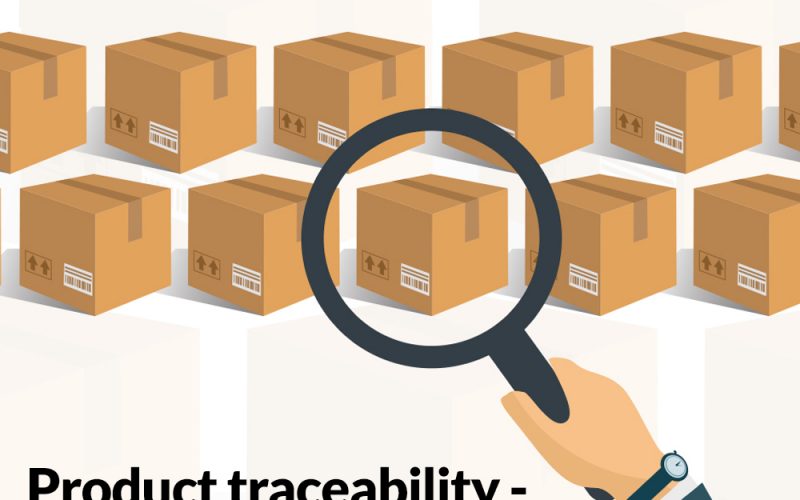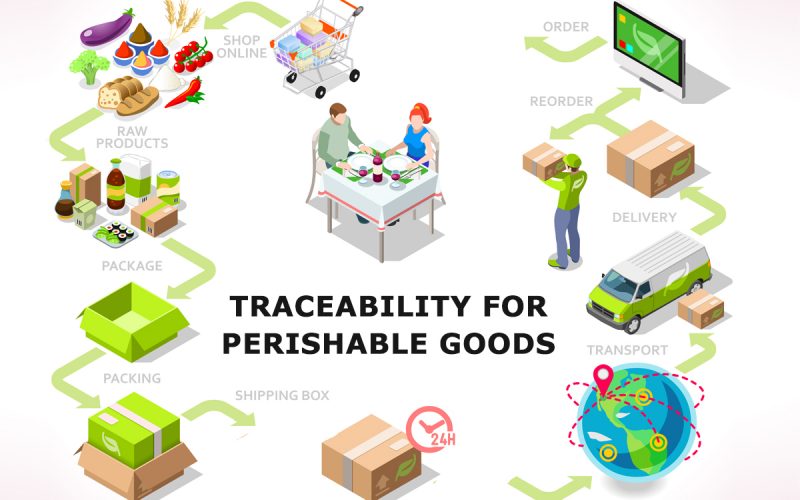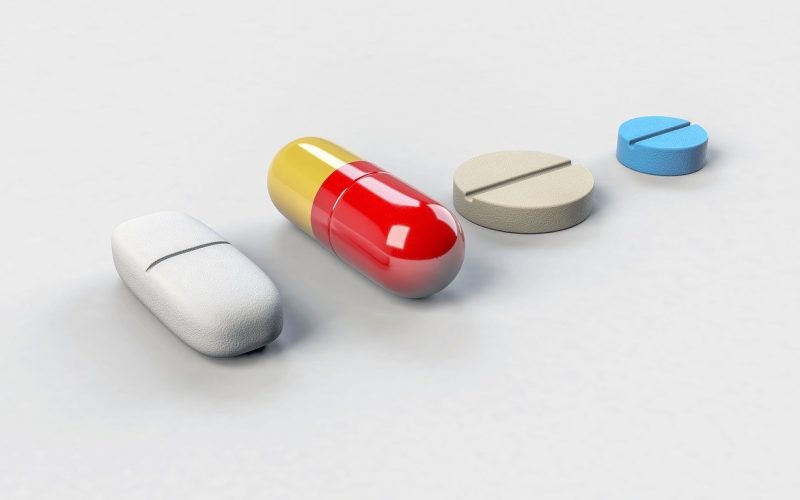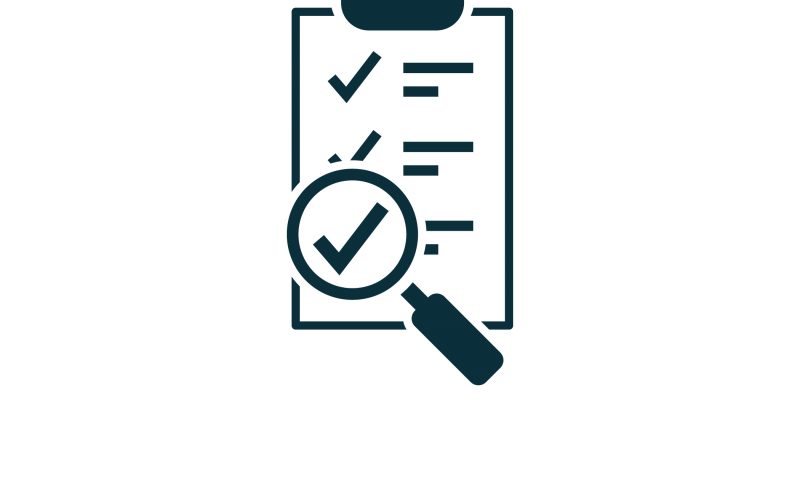Overview:
Product traceability enhances supply chain efficiency by providing comprehensive tracking and management of goods from production to delivery. This transparency ensures quality control, minimises errors, and facilitates quick responses to issues like recalls or defects. By optimising inventory management and reducing waste, traceability also leads to significant cost savings, making it an invaluable tool for businesses aiming to streamline their operations and improve overall supply chain performance.
What is traceability in manufacturing?
Traceability in manufacturing refers to the ability to track the history, location, and application of products and their components throughout the production process. It involves documenting detailed information at each stage of the manufacturing cycle, from raw material sourcing to final product assembly. This data is recorded in a traceability system, allowing manufacturers to monitor the origin and journey of every part and product.
Traceability helps ensure quality control, compliance with industry standards, and quick identification of issues such as defects or recalls. It enhances transparency and accountability, enabling manufacturers to optimise processes, reduce waste, and improve overall product quality and safety.
Chain Traceability
Chain traceability refers to the ability to track and trace a product and its components through the entire supply chain, from raw material suppliers to end consumers. It provides a comprehensive view of the product’s journey, documenting each handoff and transformation. This end-to-end transparency helps ensure product authenticity, quality, and compliance with regulatory standards. Chain traceability is crucial for managing recalls, detecting counterfeit products, and maintaining consumer trust by verifying that the products meet all safety and quality requirements.
Internal Traceability
Internal traceability focuses on tracking and documenting the movement and transformation of materials and components within a single organisation or production facility. It involves detailed recording of processes such as assembly, inspection, and packaging. Internal traceability ensures that each step in the manufacturing process is monitored, allowing for quick identification of defects and quality issues. By maintaining precise records of internal operations, manufacturers can optimise workflows, improve quality control, and ensure compliance with industry standards, ultimately enhancing the overall efficiency and reliability of their production processes.
What is end-to-end traceability?
End-to-end traceability refers to the comprehensive tracking and documentation of a product’s entire journey through the supply chain, from the initial sourcing of raw materials to the final delivery to consumers. This concept encompasses every stage of the production and distribution process, providing a seamless and transparent view of a product’s lifecycle.
End-to-end traceability involves capturing detailed data at each step, including information about suppliers, manufacturing processes, quality inspections, logistics, and retail handling. This holistic approach ensures that all aspects of a product’s movement and transformation are monitored and recorded. By integrating advanced technologies such as RFID, barcodes, and blockchain, businesses can achieve real-time visibility and data accuracy.
The benefits of end-to-end traceability are manifold. It enhances product quality and safety by enabling quick identification and resolution of issues, such as defects or contamination. It also aids in regulatory compliance, as detailed records can demonstrate adherence to industry standards and legal requirements. Additionally, end-to-end traceability helps prevent counterfeiting and fraud by verifying the authenticity and origin of products.
Why is product traceability in manufacturing important to implement?
Product traceability in manufacturing is crucial for several reasons. It ensures quality control by enabling manufacturers to track the history and journey of each component and finished product, identifying defects and inefficiencies promptly. This level of oversight helps in maintaining high standards and consistency.
Traceability also enhances regulatory compliance, as manufacturers can provide detailed records to meet industry and legal requirements, reducing the risk of non-compliance penalties. In the event of a product recall, traceability allows for swift and precise identification of affected items, minimizing the scope and cost of recalls while protecting consumer safety.
Additionally, traceability combats counterfeiting and ensures product authenticity, which is vital for maintaining brand integrity and consumer trust. By optimizing production processes and supply chain management, traceability ultimately leads to cost savings and improved operational efficiency.
How to track production in manufacturing?
Tracking production in manufacturing involves several key steps to ensure efficiency and quality control:
- Implement Technology: Use technologies like RFID, barcodes, and QR codes to tag and track materials and products throughout the production process. These technologies provide real-time data on the location and status of items.
- Utilize Software Systems: Employ Manufacturing Execution Systems (MES) and Enterprise Resource Planning (ERP) systems to collect, manage, and analyze production data. These systems integrate with other tools to provide a comprehensive view of the manufacturing process.
- Data Logging: Record detailed information at each production stage, including raw material usage, processing times, quality checks, and assembly steps. This data helps in identifying bottlenecks and areas for improvement.
- Regular Audits and Inspections: Conduct routine audits and inspections to verify that processes are being followed correctly and to ensure that products meet quality standards.
- Employee Training: Train staff on the importance of data entry and accurate reporting. Proper training ensures that the tracking system is used effectively and consistently.
By combining these methods, manufacturers can maintain a clear and accurate view of their production processes, leading to improved efficiency, quality, and overall performance.
How to improve traceability?
Improving traceability involves several key steps. First, invest in advanced technologies like RFID, barcodes, and blockchain for real-time tracking. Integrate robust software systems, such as MES and ERP, to manage and analyse traceability data. Standardise procedures for data entry and reporting to ensure consistency. Enhance collaboration with supply chain partners to maintain transparency. Conduct regular audits to identify and address gaps. Train employees on the importance of traceability and the proper use of systems. Lastly, leverage data analytics to optimize processes and predict issues. These steps collectively enhance traceability, improving efficiency, quality control, and compliance.
Utilize Traceability Software
Employ traceability software to centralise and manage data across the supply chain. This software integrates with existing systems to provide real-time visibility into product movements, processing stages, and inventory levels. By offering detailed tracking and reporting, traceability software enhances accuracy, facilitates compliance, and improves decision-making.
Enact Supplier Traceability Controls
Establish strict traceability controls with suppliers to ensure that every component and raw material meets quality and safety standards. Require suppliers to provide detailed documentation and records of their products. Implement regular audits and compliance checks to maintain transparency and accountability throughout the supply chain.
Implement Barcoding
Adopt barcoding to streamline product identification and tracking. Barcodes encode essential product information, which can be quickly scanned and recorded at various stages of the supply chain. This method improves accuracy, reduces manual data entry errors, and enhances the efficiency of inventory management and quality control processes.
Incorporate RFID Technology
Integrate RFID technology to enable real-time, automated tracking of products and components. RFID tags store detailed information about each item, which can be read without direct line-of-sight, offering enhanced visibility and accuracy. This technology supports efficient inventory management, reduces errors, and provides comprehensive data for traceability.
Provide Employee Training
Ensure employees are well-trained on traceability systems and processes. Training should cover the use of traceability software, barcoding, RFID technology, and the importance of accurate data entry. Regular training updates help maintain high standards and ensure that staff are equipped to manage traceability effectively.
Incorporate Lean Manufacturing Processes
Adopt lean manufacturing processes to optimize production efficiency and minimize waste. Lean principles, such as continuous improvement and just-in-time production, complement traceability efforts by enhancing process visibility and reducing unnecessary steps. This integration leads to more efficient operations and better traceability outcomes.
Reducing Costs through Efficiency
Reducing costs through efficiency involves optimising operations to eliminate waste and streamline processes. By implementing lean manufacturing principles, businesses can minimise excess inventory, reduce production time, and lower labour costs. Technologies such as automation and advanced data analytics further enhance efficiency by improving accuracy, reducing manual errors, and speeding up workflows. Efficient supply chain management and process improvements also help in cutting operational expenses and lowering overhead costs. These practices lead to higher productivity, faster time-to-market, and better resource utilisation, ultimately driving down costs while maintaining or improving product quality.
Frequently Asked Questions
1. What Is the Main Objective of Product Traceability?
The main objective of product traceability is to monitor and document the journey of products from raw material to end consumer. This includes tracking each stage of production, handling, and distribution. Traceability helps ensure quality control, compliance with regulations, and efficient management of recalls or quality issues, ultimately enhancing transparency and accountability in the supply chain.
2. Why Is Traceability Important, Especially for the Consumer?
Traceability is crucial for consumers as it provides transparency about the origin and handling of products. It helps ensure that products are safe, authentic, and meet quality standards. In case of a recall or safety issue, traceability enables quick identification and removal of affected items, protecting consumers from potential harm and building trust in the brand.
3. Can Product Traceability Help in Reducing Costs Within the Supply Chain?
Yes, product traceability can reduce costs by improving supply chain efficiency. It helps minimise waste, prevent counterfeiting, and reduce the scope and impact of recalls. By streamlining inventory management and enhancing process visibility, traceability supports better decision-making and operational efficiency, leading to overall cost savings.
4. What Technologies Are Commonly Used for Product Traceability?
Common technologies for product traceability include RFID (Radio Frequency Identification), barcodes, QR codes, and blockchain. RFID and barcodes facilitate automated tracking and data collection, while QR codes provide detailed product information accessible via smartphones. Blockchain offers secure and transparent data recording, enhancing traceability across the supply chain.
5. Is Product Traceability Applicable to All Industries?
Yes, product traceability is applicable to all industries, including food and beverage, pharmaceuticals, manufacturing, and retail. Each industry uses traceability to ensure product quality, safety, and compliance with regulations. While the specific requirements and technologies may vary, the fundamental goal of traceability—improving transparency and accountability—is universal.
6. What Types of Data Are Typically Tracked Through Product Traceability Systems?
Product traceability systems typically track data such as raw material sources, production processes, quality control results, handling and storage conditions, distribution routes, and final destination. This information provides a comprehensive view of the product’s journey and helps in managing quality, compliance, and supply chain efficiency.
7. How Does Product Traceability Help in Maintaining Product Quality and Safety?
Product traceability helps maintain quality and safety by providing detailed records of each stage in the production and distribution process. This allows for quick identification and correction of issues, such as defects or contamination. Traceability also supports rigorous quality control and compliance with safety standards, ensuring that products meet required specifications and are safe for consumers.
8. What Are the Regulatory Requirements Related to Product Traceability?
Regulatory requirements for product traceability vary by industry and region but generally include the need to maintain detailed records of product origin, production processes, and distribution. Regulations often require businesses to have systems in place for tracking and managing product information, reporting issues, and facilitating recalls. Compliance with these requirements helps ensure product safety and quality, and avoids legal and financial penalties.
.png)













